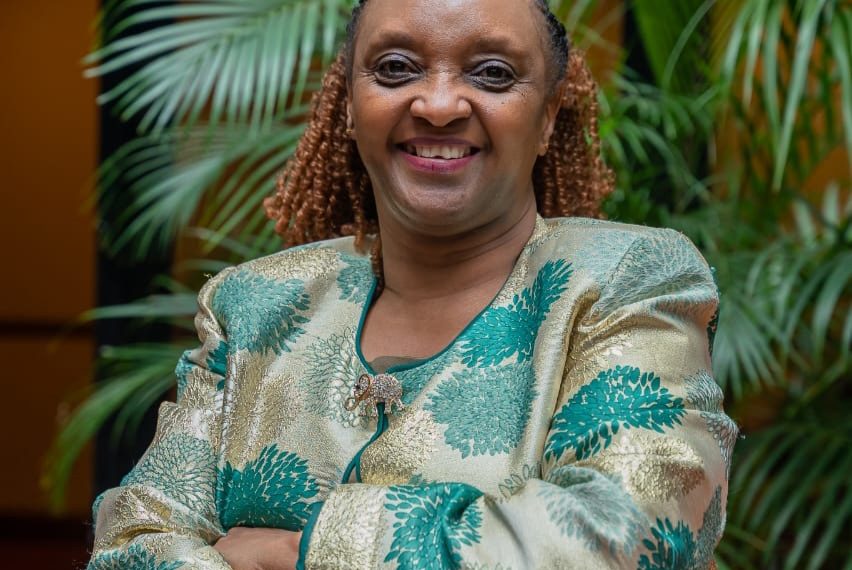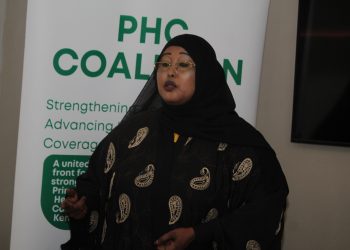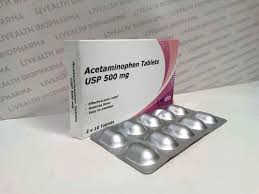By Daniel Omwoyo
The World Health Organizatio (WHO), the International Federation of Gynecology and Obstetrics (FIGO), and the International Confederation of Midwives (ICM) have jointly released a landmark global guideline to drastically improve the prevention, early detection, and treatment of Postpartum Haemorrhage (PPH), which remains the leading cause of maternal deaths worldwide.
Launched at the FIGO World Congress in Cape Town, South Africa, the document is based on the largest-ever study on PPH, published in The Lancet, and signifies a major shift in clinical practice regarding how health workers assess and respond to excessive bleeding after childbirth.
The new guideline recommends a crucial change in both diagnosis and response. Traditionally, PPH was diagnosed after a blood loss of 500 milliliters; however, the new standard advises intervention much earlier, when blood loss reaches 300 milliliters, or when a mother’s vital signs, such as a rapid heartbeat or low blood pressure, signal danger.
This move is designed to facilitate a quicker response, potentially saving thousands of lives. To achieve this earlier detection, midwives and doctors are urged to use calibrated drapes, simple tools for accurately measuring blood loss—and to closely monitor women after delivery.
Once PPH is confirmed, health workers must immediately follow a coordinated series of steps known as the MOTIVE bundle. This systematic protocol includes Massaging the uterus, administering Oxytocic drugs, giving Tranexamic acid, providing Intravenous fluids, Verifying and examining the genital tract for tears or retained tissue, and promptly Escalating care if the bleeding persists.
Professor Anne Beatrice Kihara, President of FIGO, stressed that the goal is to ensure care that is “fast, feasible, and effective,” even in low-resource settings, by focusing on three pillars: readiness, recognition, and response.
Beyond immediate treatment, the guidelines place a strong emphasis on prevention. They highlight the importance of tackling anaemia, a major risk factor for severe bleeding, by ensuring pregnant women take daily iron and folate supplements and recommending intravenous iron transfusions for more severe cases.
Safer labour practices are also encouraged, including discouraging unnecessary procedures like routine episiotomies and instead promoting methods such as perineal massage during late pregnancy to reduce birth injuries and bleeding.
Furthermore, during the final stage of labour, the use of uterotonic drugs like oxytocin or heat-stable carbetocin is recommended to help the uterus contract, with misoprostol suggested as a suitable backup where cold storage is unavailable. WHO’s Assistant Director-General, Dr. Jeremy Farrar, noted that while PPH is not always predictable, deaths are preventable with the right care, and these guidelines are designed to maximize impact where resources are most limited.
Professor Jacqueline Dunkley-Bent OBE, Chief Midwife of the ICM, hailed the new recommendations as a “game-changer” in maternal health but stressed that real progress hinges on collective global action and investment.
To support this implementation, the three leading health agencies, working with partners like UNFPA, have developed a comprehensive package of training resources, including simulation-based emergency training and national guides. This new guideline is the first of its kind to focus exclusively on PPH and forms a central part of the Global Roadmap to Combat Postpartum Haemorrhage (2023–2030), an ambitious initiative aimed at ending preventable maternal deaths worldwide.















